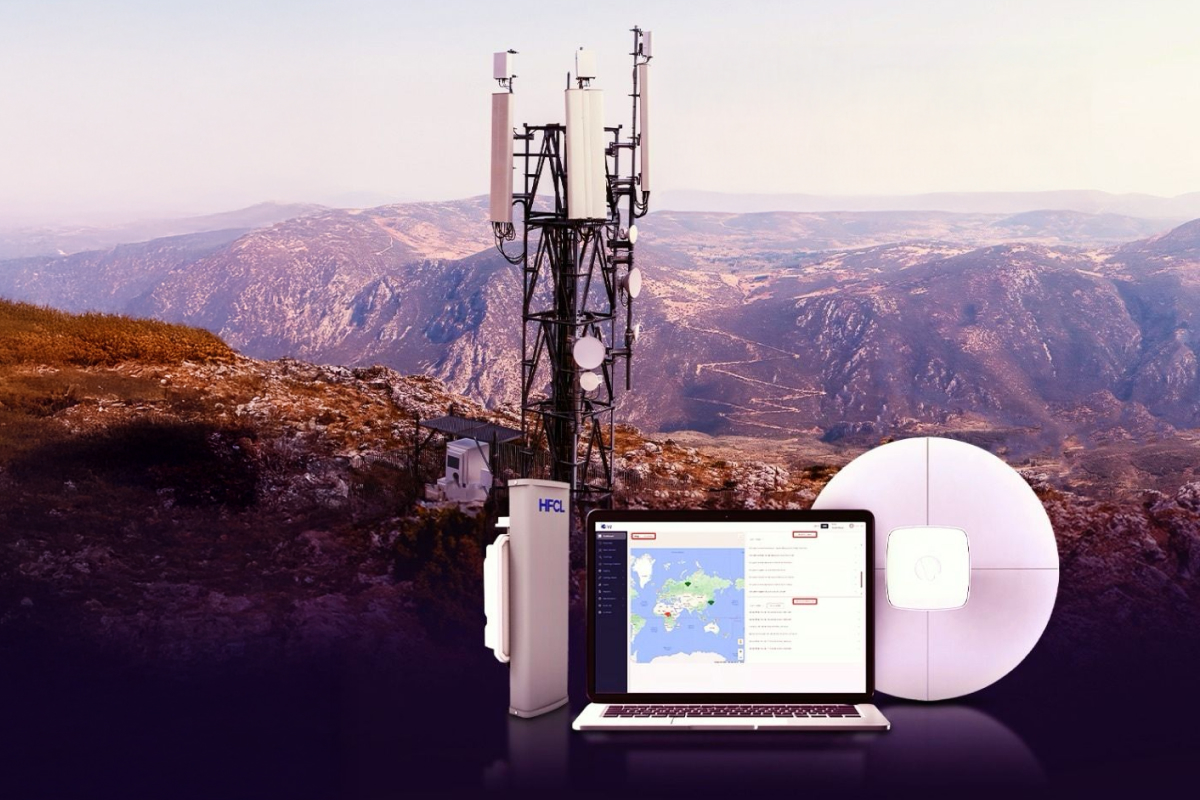Subscribe to Our Updates
Join our community and be the first to receive exclusive insights
You are subscribed now!
Products
Solutions
Resources
Software Platforms
WiFi

Unified Network Management Platform to manage thousands of Access Points, Switches from a single dashboard. Designed for enterprises of all sizes, io Canvas offers flexible deployment options, AI-driven analytics, and proactive issue resolution helping you stay ahead of network disruptions.

A scalable Element Management System for UBR networks. EMS enables centralized monitoring, full FCAPS management, zero-touch provisioning, and real-time analytics. Built for mission-critical deployments, it ensures high availability with robust redundancy and disaster recovery support.

A lightweight, web-based tool for UBR management across locations. EMS Lite is easy to install, simple to scale, and packed with automated monitoring, reporting, and provisioning features. Ideal for cost-sensitive, distributed environments.
Find answers to key questions about our network management platform to help you simplify, secure, and scale your network operations.
Network management is the process of monitoring, configuring, and optimizing networks to ensure consistent performance, security, and reliability. For enterprises and service providers, it is critical to maintain seamless connectivity across distributed sites, branch offices, and hybrid work environments. HFCL’s intelligent network management solutions provide centralized control, automation, and AI-driven insights, helping IT teams proactively manage performance and reduce downtime while delivering a superior user experience across both enterprise and telecom infrastructures.
Modern network management platforms centralize monitoring, control, and analytics into a single dashboard, reducing operational complexity. HFCL’s platform automates routine tasks such as configuration updates, performance monitoring, and fault detection while providing end-to-end visibility across wired, wireless, and WAN networks. By consolidating data from multiple devices and locations, IT teams can quickly identify and resolve issues, optimize performance, and ensure seamless connectivity, making network operations faster and smarter.
AI-driven network management leverages machine learning and intelligent analytics to predict issues, optimize performance, and automate responses. HFCL’s solutions continuously analyze real-time telemetry data to detect anomalies, forecast potential failures, and optimize resource allocation. This proactive approach reduces manual intervention, improves uptime, and enhances user experience, helping networks become self-learning, adaptive, and capable of delivering reliable performance at scale.
HFCL’s network management platform supports a wide range of devices, including access points, switches, routers, UBRs, and IoT gateways. It manages enterprise and telecom-grade networks, covering hybrid, cloud, and on-premises architectures. The platform unifies control across diverse network elements, providing IT teams with centralized visibility, simplified management, and consistent policy enforcement from the network core to the edge.
Security and reliability are central to HFCL’s network management platform. It incorporates multi-layer encryption, role-based access control, and AI-powered threat detection to protect data and network integrity. Automated configuration updates and real-time monitoring minimize vulnerabilities, while predictive analytics and built-in redundancy ensure high availability. This allows organizations to operate securely and maintain consistent performance across distributed sites and hybrid work environments.
Cloud-based management offers scalability, remote access, and agility, ideal for distributed organizations and hybrid workforces. On-premises solutions provide enhanced performance, data sovereignty, and control for large campus networks or regulated industries. HFCL provides both models, enabling IT teams to choose the deployment strategy that best fits their operational, compliance, and performance requirements while maintaining unified visibility, AI-driven insights, and simplified network operations across all sites.
The future of network management is autonomous, predictive, and intelligent. AI and automation enable self-optimizing networks that detect, diagnose, and resolve issues in real time, reducing manual intervention and improving reliability. HFCL’s platforms integrate AI-driven analytics, machine learning, and automation to provide proactive assurance, energy efficiency, and seamless scalability. This approach ensures networks are adaptive, self-learning, and capable of supporting evolving enterprise and telecom needs with high performance and minimal operational overhead.